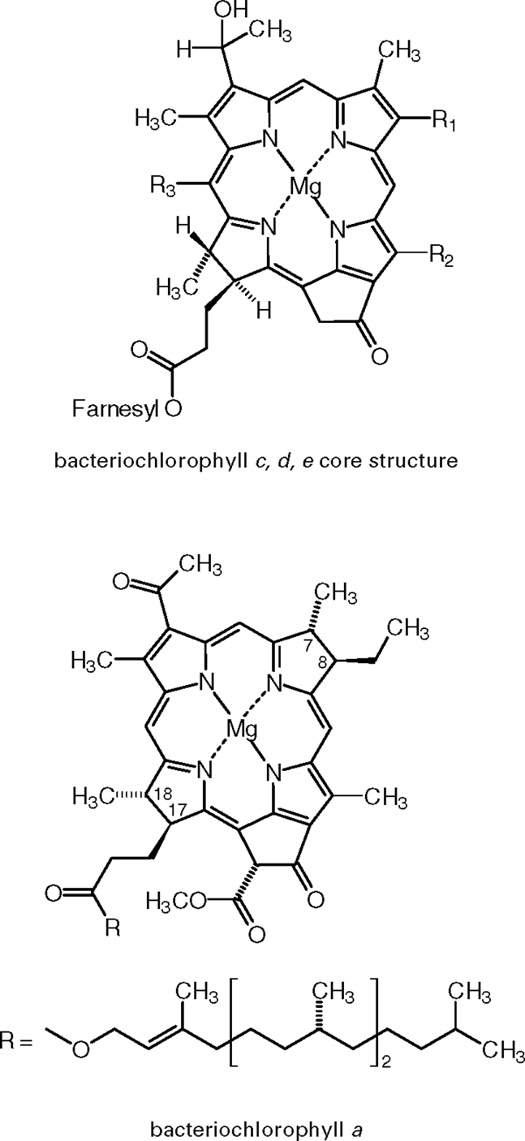Chlorophyll is a complex compound. It absorbs mainly blue and red portion of sunlight. The green portion is mainly reflected therefore chlorophyll appears green. Chlorophyll captures a portion of the visible spectrum of sunlight and convert it into chemical energy for the formation of carbohydrates. Chlorophyll is a green coloring substance which is present in green Plastid of plants called chloroplasts.

A chloroplast consists of three components. An outer most covering of chloroplast is formed by a double membrane structure that encloses the grana ans stroma. A granum consists of many flattened fluid-filled membranous Sacs or Discs called thylakoids which form stacks and resemble a pile of coins.

There are many grana which are interconnected by layer called intergrana. The grana are visible under the light microscope as grains. Chlorophyll and other photosynthetic pigments are present within the membranes of the thylakoids. These membranes are the sites of light trapping reaction of photosynthesis is a process in which manufacturing of organic food materials of carbon dioxide and water by the green cells of plant body using energy of sunlight.

There are many types of chlorophyll that is chlorophyll a,b,c,d,e and bacteriochlorophyll. Chlorophyll "a" is the most abundant and most important photosynthetic pigment. It is found in all green plants except bacteria. It exists in several forms depending on its arrangement in the membrane. Chlorophyll "b" is found in all higher plants and green algae. Chlorophyll "c", "d" and "e" are found in various groups of algae. Bacteriochlorophyll is found in bacteria. So, shortcut is that chlorophyll is a green coloring substance which is present in green plants.




